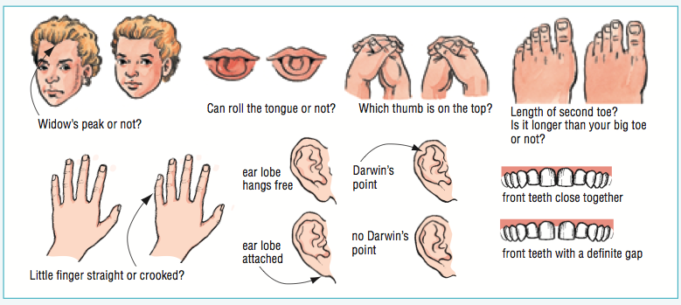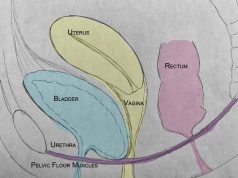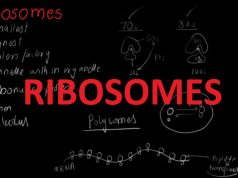From the studies of geneticists ranging as far back as Gregor Mendel, it is clear that while a certain inherited trait may be caused by a single dominant gene, this is rarely the case. Most inherited traits result from the influence of more than one inherited gene and individual gene variants can be dominant, recessive or neither.
What are Alleles?
In the nucleus of essentially every cell for most higher organisms, there are two copies of each chromosome. One copy of each chromosome is inherited from the maternal genome, the other from the paternal genome. So for all of the genes that are inherited, with the exception of those found on the X and Y chromosomes (the sex chromosomes), there are two copies of each gene. Each of the individual copies on the individual chromosomes is known as an allele.
Genes can be Dominant, Recessive or Neither
For an inherited trait that is conferred by the action of a single gene, what is known as a monogenic trait, the function of individual alleles (the genotype) can determine whether the trait is seen or expressed (the phenotype). For a dominant allele, the trait it carries is expressed by the organism whether the other allele is the same copy or not. For a so-called recessive trait, the organism only shows the recessive phenotype if both alleles are the recessive allele copy. In some instances where two different alleles are present, the phenotype might be intermediate between the traits associated with different alleles. In this case the alleles may be acting as co-dominant traits.
Multigenic Inheritance
In most complex organisms, some traits are expressed because of the action of more than one gene and sometimes several genes act together to produce the phenotype. This happens for probably more complex traits than those that are the result of a single allele. A good example of this type of inheritance is that which is seen with different blood types or with eye color.
Disease Genes and Relative Risk
In a number of instances, people are interested in knowing if a particular gene is responsible for causing certain inherited diseases, and if the disease is in their family whether they or their offspring will develop the disorder. For some diseases, single gene mutations can and do cause the disorder to develop such as in Duchenne muscular dystrophy or sickle cell anemia. Some inherited disorders (or familial forms) include versions of Alzheimer’s disease, Parkinson disease, Huntington’s disease and several others. But most often, even for some of these diseases, the disorder develops spontaneously, that is, there is no family predilection, what is otherwise referred to as sporadic disease.
For many disorders of human health, the most commonplace genetic association is with what are known as modifying genes, or disease risk genes. When a certain allele of a gene is present it does not guarantee the development of the disorder but rather makes the chance of occurrence more likely. Complex multiple risk genes are associated with diseases such as coronary artery disease, hypertension (high blood pressure), schizophrenia, manic depressive disorder and many others.
While the genetics of disease development are being better understood everyday it is important to remember one of the most important teaching points of modern genetics, phenotype equals genotype plus environment. Essentially this means that even with some alleles that heighten the risk of contracting an illness, behavioral and environmental changes can make a significant difference.


















